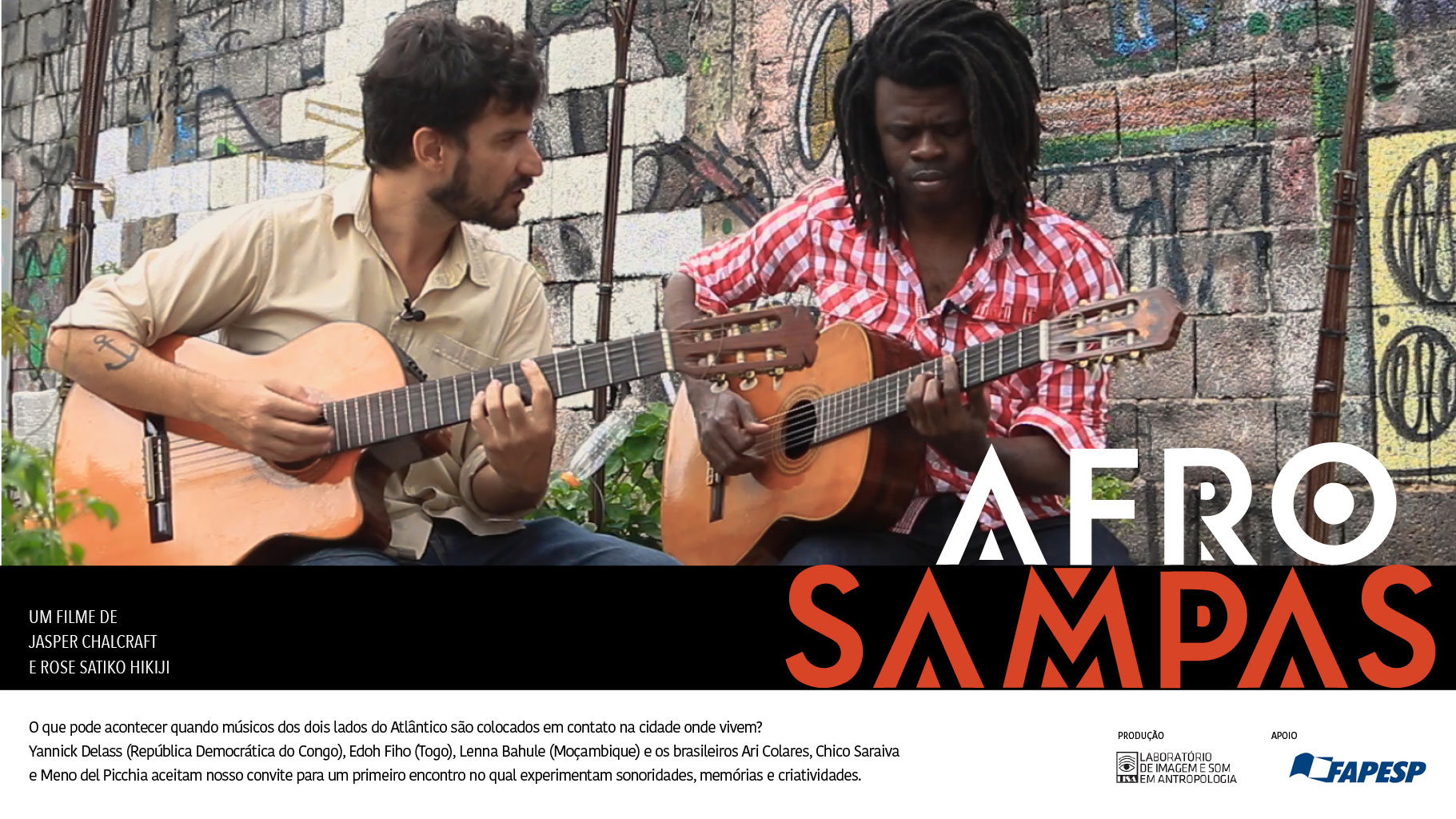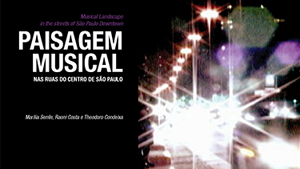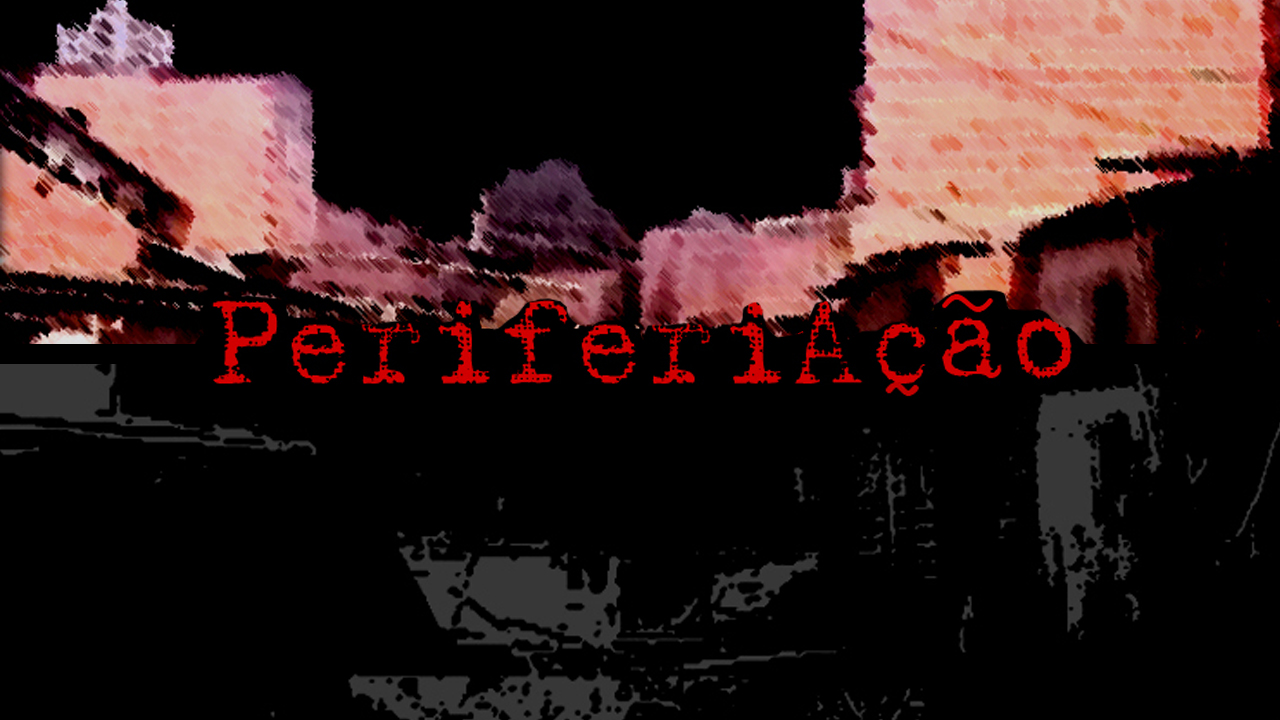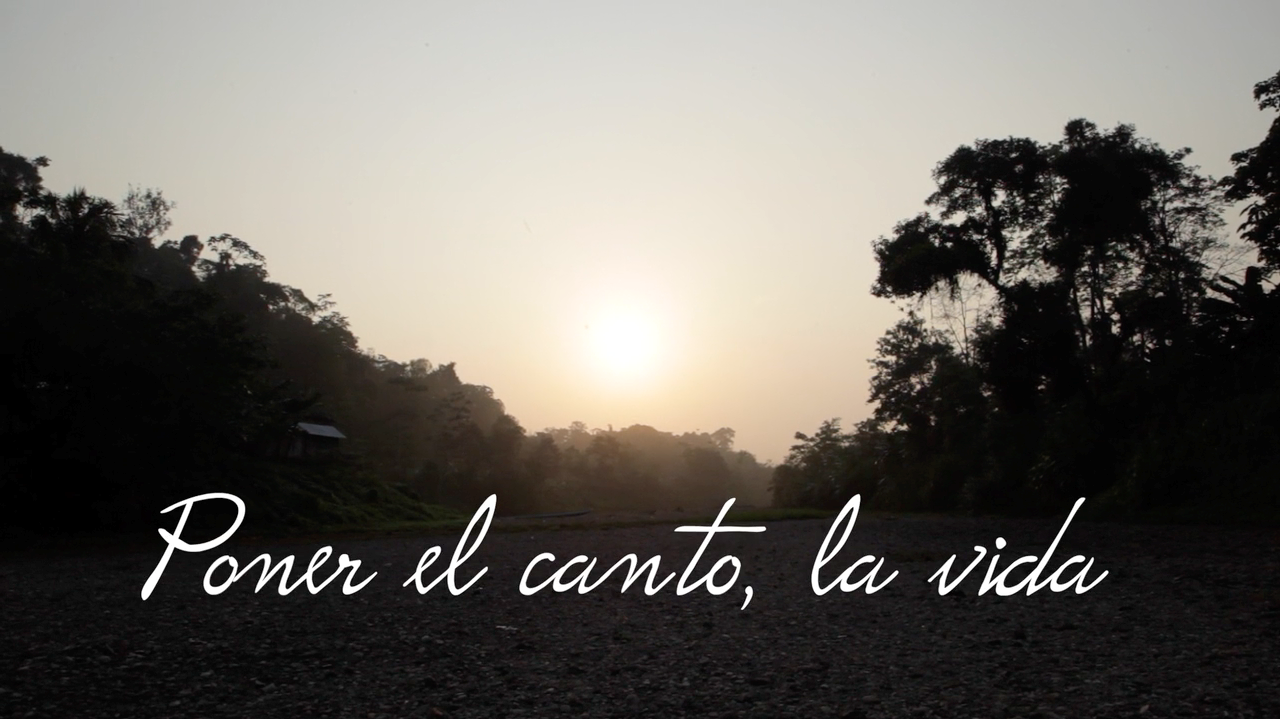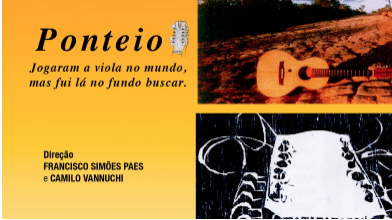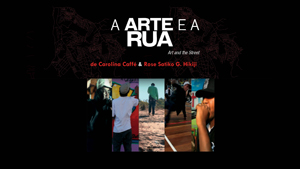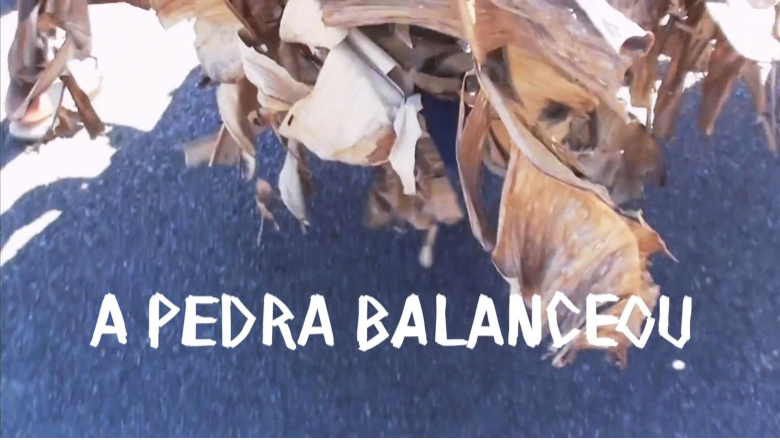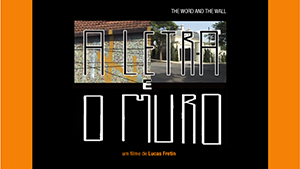Carolina Caffé and Rose Satiko Gitirana Hikiji
Cidade Tiradentes, in the far eastern district of São Paulo, place where the city ends, in the words of Daniel Hylario, our narrator. From there, come rhymes, colours, and gestures which mark the space. For the artists of Cidade de Tiradentes, their experience of the urban periphery provides both the basis and motivation for their works. These projects dialogue with the challenges and dreams of this São Paulo district that grew as the artists themselves grew up. The film follows the life and transformations of street dance, graffiti and rap in this area, which is thought to be the largest social housing complex in Latin America. In this place, marked by exclusion, the population manages their difficulties with their own particular dynamics of sociability, housing and appropriation of territory.




